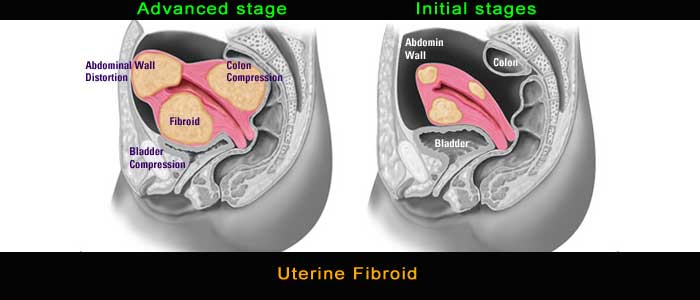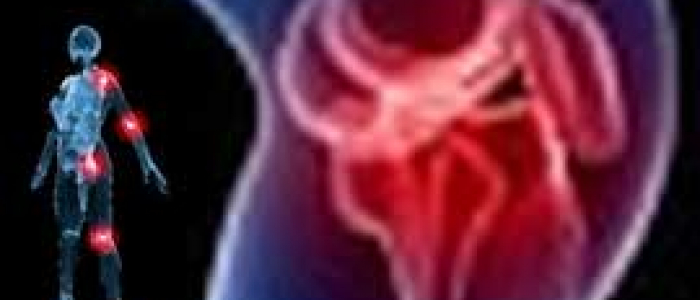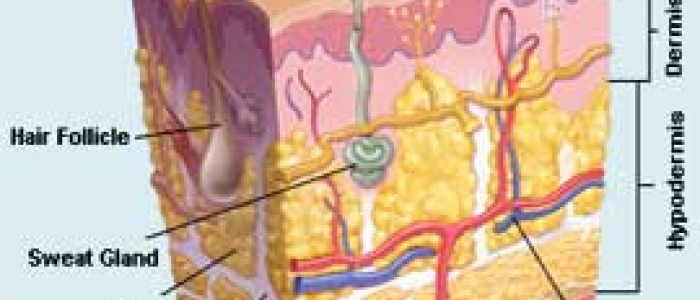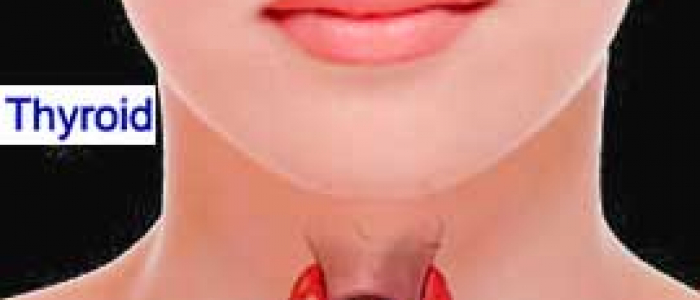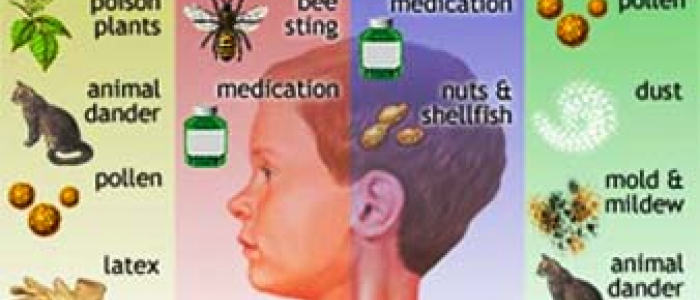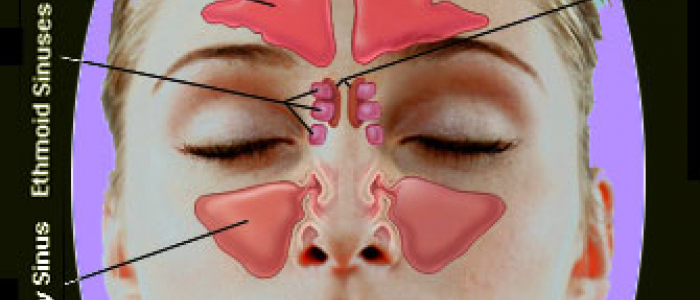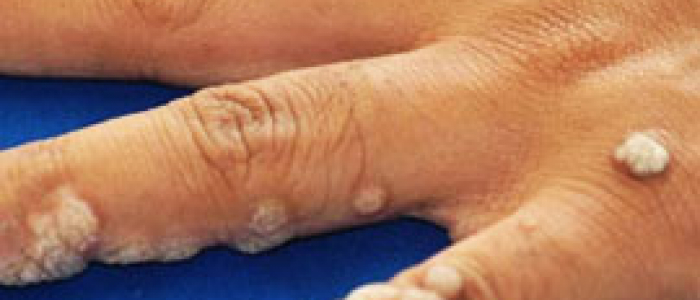
Kids with severe allergies (such as those to food, medication, or insect venom) can be at risk for a sudden, potentially life-threatening allergic reaction called anaphylaxis. This reaction can be frightening — a child might faint or feel like his or her throat is closing, for example. But when treated properly, anaphylaxis can be managed.
Anaphylaxis isn't common, but if your child has allergies, it's important to know about it and be prepared. Anaphylaxis can begin with some of the same symptoms as a less severe reaction, but then can involve more than one part of the body. Reactions can quickly worsen, leading someone to have trouble breathing, swelling in the mouth or throat, dizziness, or fainting. If it is not treated, anaphylaxis can be fatal.
If your child has been diagnosed with a life-threatening allergy, the doctor will want him or her to carry an epinephrine auto-injector in case of an emergency. Epinephrine is a drug injection that enters the bloodstream and works quickly against serious allergy symptoms; for example, it decreases swelling and raises blood pressure. Kids with severe symptoms or reactions to an allergen require an injection of epinephrine and a call to 911 for immediate medical attention.
Anaphylaxis can happen just seconds after being exposed to a triggering substance or can be delayed for up to 2 hours if the reaction is from a food. It can involve various areas of the body.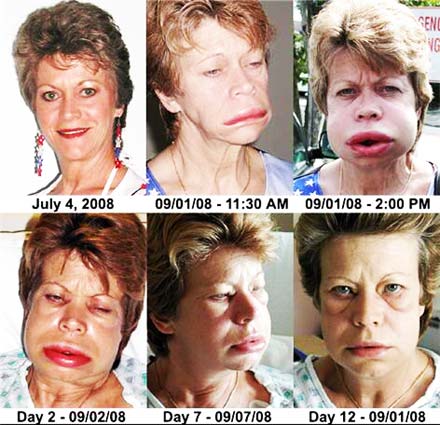
Fortunately, severe or life-threatening allergies occur in only a small group of kids. In fact, the annual incidence of anaphylactic reactions is only a tiny percentage of overall allergic reactions. Those with asthma or a history of a previous anaphylactic reaction are at greater risk for these severe reactions.


